Deep Sea Fishing 101: What to Expect on Your First Trip
The vast blue expanse of the open ocean holds mysteries and adventures that few land-dwellers ever experience. Deep sea fishing offers a unique opportunity to venture far from shore, battling powerful game fish in their natural habitat while creating memories that last a lifetime. Unlike casual pier or shore fishing, deep sea expeditions take you miles offshore where larger species prowl and the fishing experience intensifies dramatically. For first-timers, the prospect can seem intimidating – specialized equipment, unfamiliar techniques, and the unpredictable nature of the open water all present learning curves.
This guide will walk you through everything you need to know before embarking on your maiden deep sea fishing journey, from preparation and expectations to techniques and etiquette, ensuring you’re ready to make the most of this thrilling adventure.
Understanding Deep Sea Fishing Basics

Deep sea fishing, also known as offshore fishing, takes place in waters at least 100 feet deep and typically miles from shore where larger game fish species reside.
Unlike freshwater or inshore fishing, deep sea expeditions require bigger boats capable of safely navigating open ocean conditions and specialized heavy-duty equipment designed to handle powerful fish. These trips usually last anywhere from a half-day (4-6 hours) to multiple days depending on the target species and fishing grounds. The primary appeal lies in the opportunity to catch impressive trophy fish, such as marlin, tuna, mahi-mahi, and sailfish, that are simply not available closer to shore.
First-timers should understand that deep sea fishing is both a sport and an art, requiring patience, physical stamina, and a willingness to learn techniques quite different from other fishing styles.
Choosing the Right Charter Experience

For your first deep sea fishing adventure, selecting the appropriate charter is crucial to your overall experience.
Charters generally come in three varieties: shared (party boats), where you’ll fish alongside other customers, private, where you and your group have exclusive use of the vessel, and specialty charters focused on specific techniques or species. Research potential charters thoroughly by reading reviews, confirming proper licensing and safety certifications, and speaking directly with captains about their experience and fishing philosophy.
Consider factors beyond just price – boat size and comfort, crew-to-passenger ratio, and whether equipment is included can significantly impact your experience. Most importantly, be honest about your experience level when booking; reputable captains will tailor the trip to accommodate beginners and ensure you have the guidance needed to succeed. Ask specific questions about typical catch rates, fishing methods employed, and what exactly is included in the quoted price to avoid surprises.
Essential Gear and What to Bring

While most reputable charters provide all necessary fishing equipment, understanding the basic gear will help you feel more prepared. Expect to use heavy-duty rods and reels designed for big game fish, typically 30-80 pound test equipment depending on target species. Terminal tackle like hooks, weights, and leaders are usually provided, along with bait or lures appropriate for local conditions. Beyond fishing gear, personal items are crucial for comfort and safety. Pack polarized sunglasses to reduce glare, a hat with a wide brim, high-SPF waterproof sunscreen, non-slip footwear, layered clothing (regardless of season), and waterproof outerwear.
Other essentials include motion sickness medication taken well before departure, a small cooler with non-alcoholic beverages and snacks, a waterproof bag for electronics, and a valid fishing license if not included in your charter package. Many experienced anglers also bring fishing gloves to protect hands during fights with large fish and a camera to document their catches.
Preparing Physically and Mentally
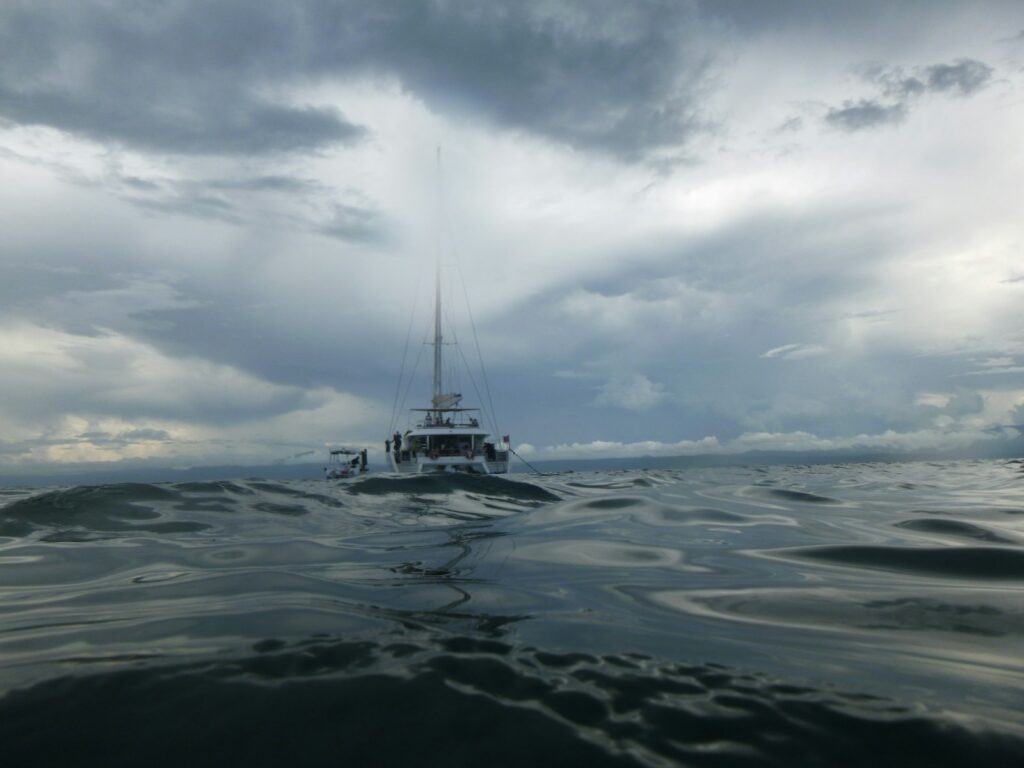
Deep sea fishing can be surprisingly demanding physically, even for those in good shape. Standing on a moving boat while fighting powerful fish requires balance, core strength, and stamina that many first-timers underestimate.
In the weeks before your trip, consider building upper body and core strength through simple exercises like planks and light weight training. Mental preparation is equally important – successful deep sea fishing requires patience during potentially long periods without action followed by intense activity when fish strike. Adjust your expectations to focus on the overall experience rather than just catch numbers, and prepare yourself for the possibility of seasickness even if you’ve never experienced it before. Getting adequate sleep the night before your trip and avoiding alcohol consumption will significantly improve your stamina and reduce the risk of seasickness.
Remember that fishing is unpredictable by nature, and maintaining a positive attitude regardless of conditions or catch rates will make your experience more enjoyable.
Combating Seasickness Effectively

Seasickness can quickly transform an exciting adventure into a miserable experience, but proper preparation can significantly reduce your risk.
The key to effective prevention is taking medication before symptoms begin – once nausea sets in, remedies become much less effective. Over-the-counter options like Dramamine or Bonine work well for most people when taken at least one hour before departure, while prescription options like scopolamine patches offer longer-lasting protection when applied the night before. Natural alternatives include ginger supplements, pressure point wristbands, and focusing on the horizon rather than looking down at moving water.
Strategic positioning on the boat makes a difference as well – stay midship where motion is minimized rather than in the bow or stern where movement is more pronounced. Should symptoms develop despite precautions, move to fresh air, keep your eyes on the distant horizon, avoid strong smells including fish and diesel fumes, and stay hydrated with small sips of water.
Remember that seasickness typically subsides as your body adjusts to the motion, usually within a few hours for most people.
Typical Schedule of a Deep Sea Fishing Trip

Understanding the rhythm of a typical deep sea excursion helps set appropriate expectations for your first trip. Most charters begin early, often requiring check-in between 5:00-7:00 AM to maximize prime fishing hours. After boarding, the captain will typically provide a safety briefing and basic instructions while the boat travels to fishing grounds, a journey that may take anywhere from 30 minutes to several hours depending on your destination. Upon reaching productive waters, crew members will prepare rods, distribute them to passengers, and demonstrate proper techniques before the lines are cast. The majority of your day will be spent actively fishing, with periodic relocations to find more productive spots when necessary.
Throughout the trip, crew members will assist with hook-ups, fighting fish, landing catches, and handling fish for photos or release. During the travel time back to port, mates typically clean and fillet the keeper fish, dividing the catch among passengers, unless you’ve arranged a catch-and-release-only trip. Most half-day trips return by early afternoon, while full-day excursions often don’t reach the dock until late afternoon or early evening.
Common Deep Sea Fishing Techniques

As a first-timer, you’ll likely encounter several distinct fishing methods during your offshore adventure, each designed for specific conditions and target species.
Trolling involves pulling baited lines behind a moving boat, covering significant water while targeting pelagic species such as mahi-mahi, tuna, and billfish. This passive technique allows multiple lines to be fished simultaneously and is often the primary method on beginner-friendly charters.
Bottom fishing targets species living near the ocean floor like grouper and snapper by positioning bait directly above productive structure while the boat remains stationary.
Drift fishing allows natural water movement to present baits while the boat moves with the currents and winds, a technique that is particularly effective when fish are scattered across an area rather than concentrated.
Kite fishing, a more specialized approach, suspends baits at the water’s surface using specially designed fishing kites, creating minimal disturbance while presenting tempting targets for surface-feeding predators.
Your captain will select techniques based on the target species, conditions, and what has proven effective that day, often switching methods throughout your trip to maximize success.
Proper Fish Fighting Techniques
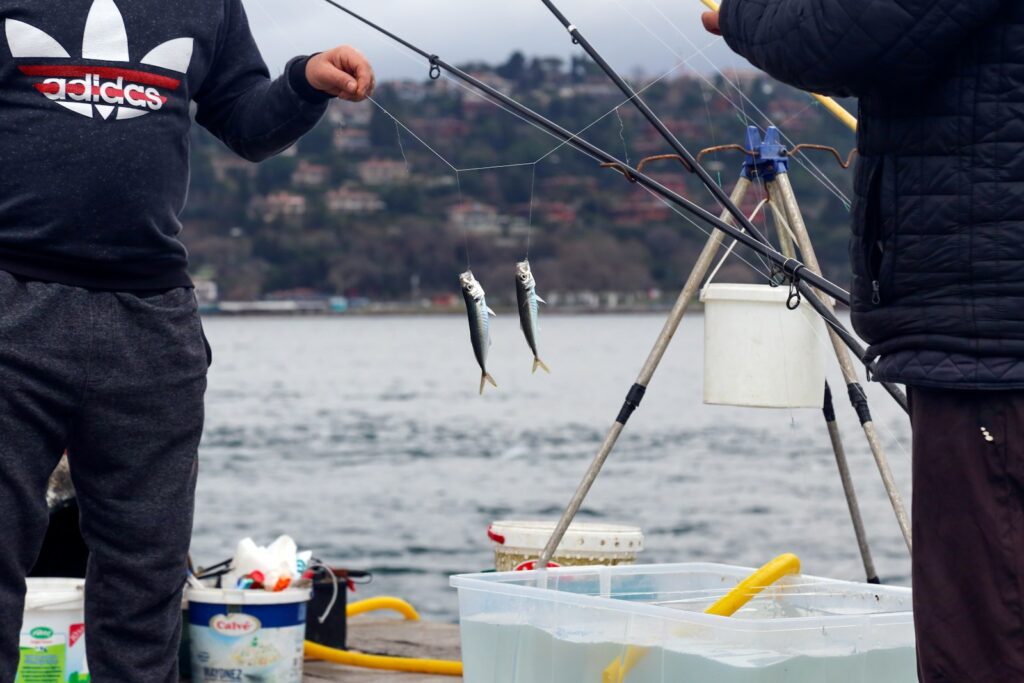
Successfully landing a powerful deep sea game fish requires technique rather than brute strength, making proper instruction critical for beginners. When a fish strikes, resist the urge to immediately reel – instead, allow the rod tip to load and the initial hook set to occur before beginning your fight.
The fundamental technique involves a rhythmic “pump and reel” approach: lift the rod tip slowly from about 45 degrees to nearly vertical, then quickly lower it while simultaneously reeling to recover line, repeating this process until the fish is alongside the boat.
Proper body positioning is crucial – keep your feet shoulder-width apart for stability, your knees slightly bent to absorb the boat’s motion, and use your legs and core rather than just arm strength.
Fighting belts or harnesses distributed by the crew provide crucial support for larger fish by transferring pressure from your arms to your body.
Communication with the crew during the fight is essential – listen carefully to their coaching as they’ll guide your positioning, advise on tension adjustments, and coordinate the final gaffing or release of your catch.
Remember that patience often wins the battle – rushing the fight by applying too much pressure can result in broken lines or pulled hooks.
Fishing Etiquette and Charter Expectations

Understanding proper fishing etiquette ensures a positive experience for everyone aboard and demonstrates respect for the crew working to make your trip successful.
On shared charters, practice rotation through fishing positions when directed by the crew rather than claiming one spot for the duration. When multiple anglers are hooked up simultaneously, keep your line away from others by following crew instructions about positioning, and always give right-of-way to anglers fighting fish. Tipping the mate and captain is standard practice in the charter industry, typically 15-20% of the charter fee divided among crew members for standard service, with exceptional service warranting more generous gratuities.
Regarding catch disposition, communicate your preferences about keeping versus releasing fish early in the trip, but respect that some species have mandatory release regulations regardless of your wishes. Most charters practice “pool fishing,” where all legal catch is divided equally among paying customers at trip’s end, rather than “personal catch,” where you keep only what you individually catch. Alcohol consumption, while permitted on many boats, should be moderate – excessive drinking creates safety issues and detracts from the experience of others.
Safety Considerations on Open Water
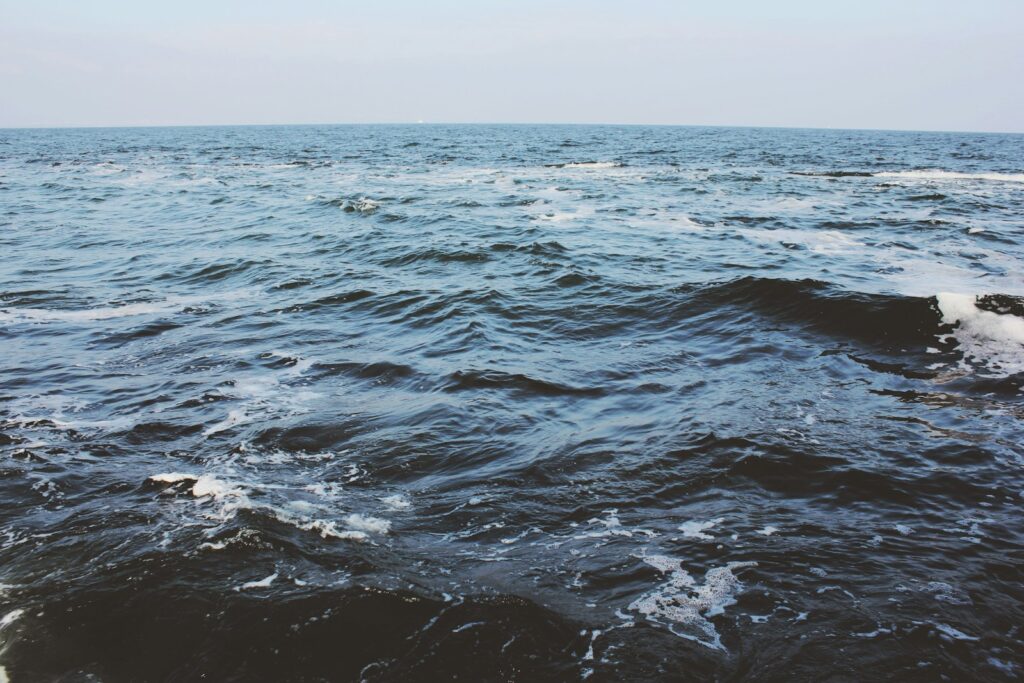
Safety should remain paramount during your offshore adventure, beginning with attentiveness during the captain’s pre-departure safety briefing. Familiarize yourself with the location of life jackets, fire extinguishers, first aid equipment, and emergency communication devices before leaving the dock. Maintain at least one hand for the boat at all times while moving around – the phrase “one hand for yourself, one hand for the boat” becomes especially relevant when waves create unexpected motion.
Hooks, gaffs, and other sharp objects present constant hazards requiring awareness, while rotating propellers during backing down on fish demand extreme caution near the stern. Dehydration poses a serious risk in the marine environment where sun, wind, and salt spray accelerate fluid loss – drink water consistently throughout the day even if you don’t feel thirsty. Weather conditions can change rapidly offshore, so follow crew instructions immediately if they begin securing equipment or direct passengers to specific areas during deteriorating conditions.
Although rare, knowing basic emergency procedures, such as man-overboard protocols and communication methods, provides additional peace of mind during your adventure.
Understanding Deep Sea Fishing Regulations and Conservation
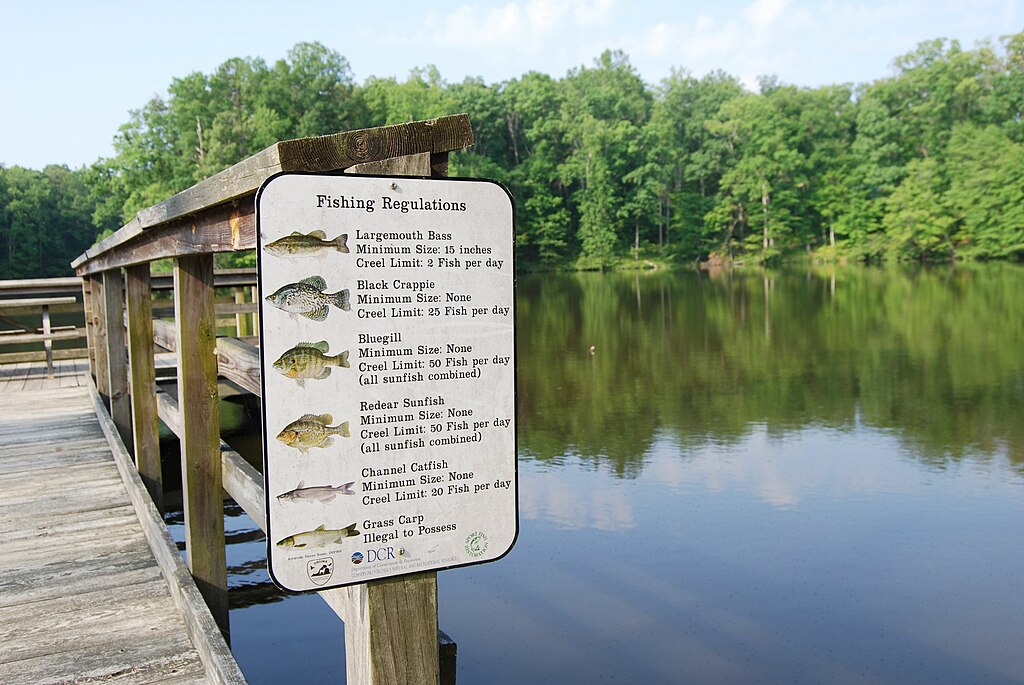
Responsible angling includes understanding and respecting the regulations governing the waters you’ll fish, though reputable captains handle most compliance details. Size limits, bag limits, and seasonal closures protect fish populations from overharvest, while certain species may be entirely protected regardless of size. Proper fish handling techniques minimize mortality for released fish – avoid excessive handling, keep fish in the water when possible, use circle hooks that typically catch in the corner of the mouth rather than being swallowed, and employ proper revival techniques before release. Most offshore charters practice sustainable fishing as both an ethical choice and business necessity since their livelihood depends on healthy fish populations.
Many captains participate in tagging programs providing valuable data to fisheries scientists tracking migration patterns and population health. Understanding the conservation challenges facing marine fisheries adds depth to your experience, transforming you from simply a consumer of the resource to an informed participant in its preservation for future generations.
What to Do With Your Catch

Deciding what happens to your catch involves both personal preference and practical considerations. If you plan to keep fish for consumption, most charter operations include basic cleaning and filleting services, providing your catch in sealed bags ready for refrigeration or freezing.
For traveling anglers, many fishing destinations have local restaurants offering “cook your catch” services, preparing your fresh fish according to house specialties for a nominal fee while eliminating storage concerns.
Taxidermy options have evolved beyond traditional skin mounts to include detailed fiberglass replicas created from measurements and photographs, allowing for release of the actual fish while still commemorating trophy catches.
Catch-and-release has gained popularity among conservation-minded anglers, particularly for species like billfish with relatively low food value compared to their sporting and ecological importance.
Photographic documentation provides lasting memories without harvesting fish – modern waterproof cameras capture impressive images, though timing is crucial as crew members can only briefly remove large fish from water for photos before prioritizing safe release.
Whatever your preference, communicating your intentions clearly to the captain before the trip ensures everyone understands your expectations.
Making the Most of Your First Deep Sea Fishing Experience

Approaching your first deep sea fishing trip with the right mindset significantly enhances your experience regardless of fishing conditions or catch rates. Arrive with a spirit of adventure and learning rather than specific catch expectations – offshore fishing involves numerous variables beyond anyone’s control, and even the most experienced captains encounter slow days. Engage actively with crew members by asking questions about techniques, species identification, and local fishing patterns, as most are passionate about their profession and enjoy sharing knowledge with interested clients.
Document your experience beyond just fish photos – capture images of marine wildlife encounters, breathtaking ocean vistas, and candid moments with companions that collectively tell the story of your adventure. Consider keeping a basic fishing journal recording conditions, techniques, and results to reference for future trips. Most importantly, maintain perspective that fishing success represents just one component of the deep sea experience – the opportunity to venture far offshore, witnessing the ocean’s vastness and connecting with its rhythms, offers intrinsic value regardless of what comes over the gunwale.
Conclusion
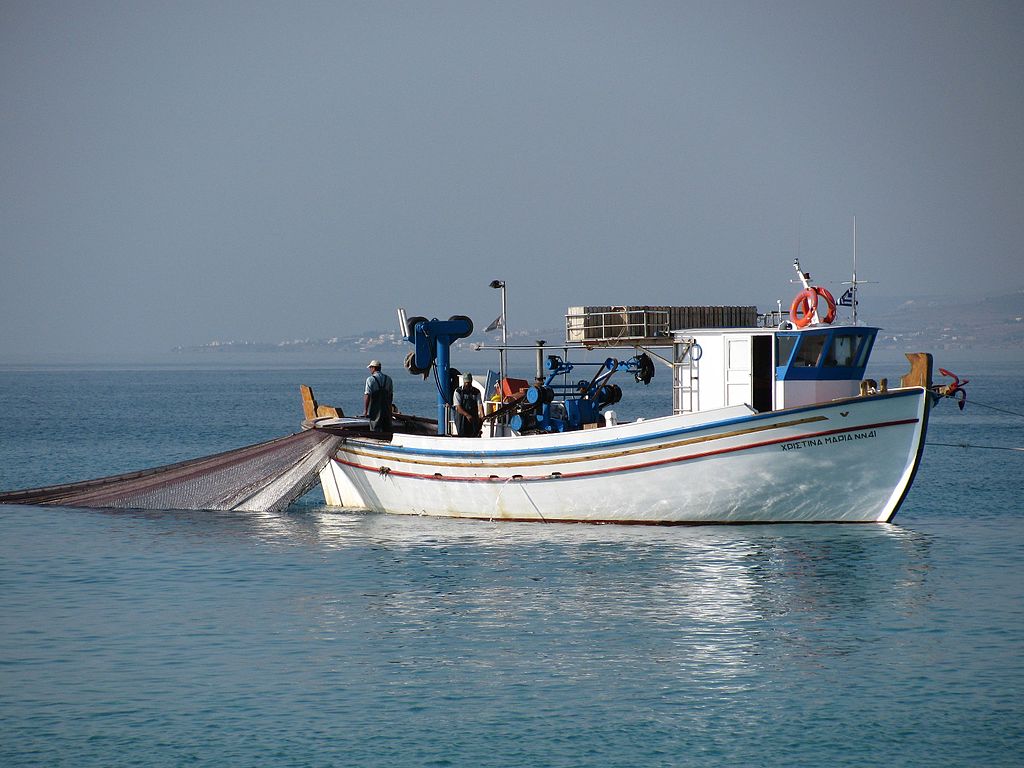
The allure of deep sea fishing extends far beyond simply catching fish – it offers a complete maritime adventure combining sport, natural beauty, and connection with one of our planet’s most magnificent environments.
Your first offshore journey represents an introduction to a pursuit that many find becomes a lifelong passion, with each trip building knowledge and appreciation for the ocean’s complexity. While the learning curve may seem steep initially, approaching the experience with proper preparation, realistic expectations, and an open mind ensures even novices can fully enjoy this unique pursuit.
The fundamentals covered here provide a solid foundation, but the true education begins when you step aboard and feel the deck beneath your feet as the shoreline recedes behind you. Whether you return with an impressive catch or simply with stories of the one that got away, deep sea fishing delivers an authentic adventure increasingly rare in our modern world – one where the outcome remains gloriously unpredictable and the journey itself constitutes the true reward.
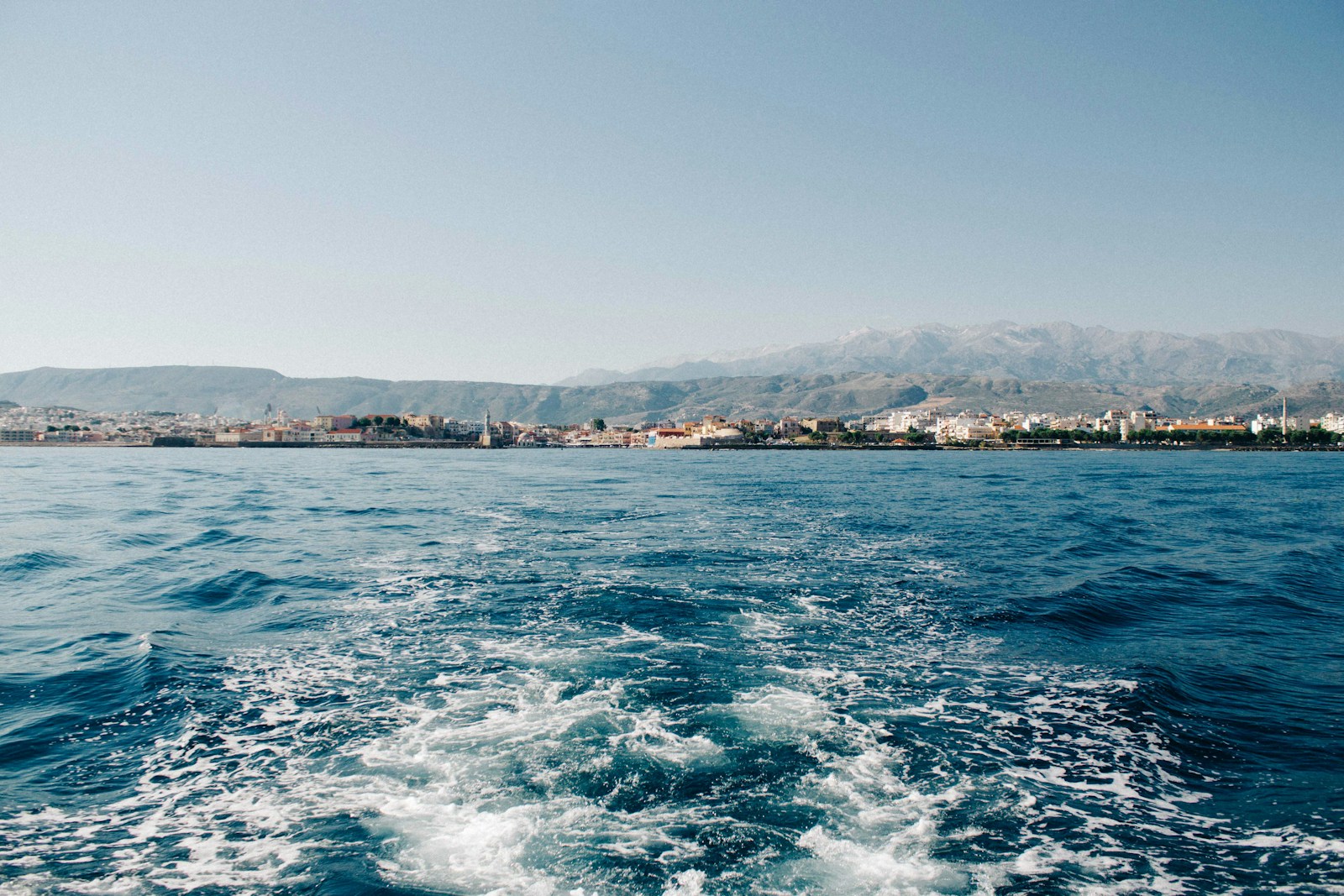













Post Comment